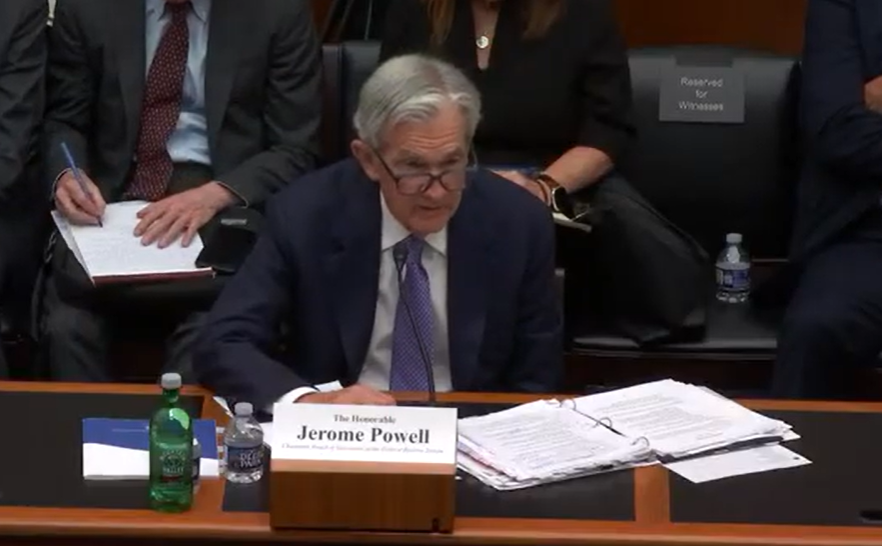Federal Reserve Governors and other Federal Open Market Committee (FOMC) members discussed the weakness in housing, commercial real estate, and other markets before making their decision to implement a 25-basis-point rate cut last month, according to the newly released minutes of the meeting.
“The staff continued to view the uncertainty around the projection as elevated, primarily reflecting uncertainty regarding changes to economic policies, including those for trade, immigration, fiscal spending, and regulation, and their associated economic effects,” according to the minutes. “Risks to employment and the labor market were judged to have become a little more tilted to the downside, stemming from the recent softening in labor market conditions amid modest real GDP growth. The staff continued to view the risks around the inflation forecast as skewed to the upside, as the projected rise in inflation this year could prove to be more persistent than assumed in the baseline projection.”
Several meeting participants also noted continued weakness in the housing market, and a couple of participants mentioned the possibility of a more substantial deterioration in the housing market as a downside risk to economic activity.

“The housing market has been curiously weak in recent years,” said Realtor.com Chief Economist Danielle Hale. “Amid the ongoing lack of affordability in housing, there is concern that we may see demand weaken for new home sales, which would have important effects on overall economic activity and employment in the housing sector.”
Realtor.com noted that though the Fed doesn’t set mortgage rates directly, those rates tend to move based on expectations about future monetary policy, making the housing sector especially sensitive to changes in Fed rates. “While Fed rate cuts could in theory stimulate housing demand in the very interest-rate sensitive sector, it’s worth noting that the Fed’s policy lever is a direct adjustment on short-term rates, not longer-term rates like mortgage rates,” Hale said. “As a result, it’s possible that the Fed can cut its policy rate and longer-term interest rates such as mortgage rates can increase, as we saw in late 2024 and early 2025.”
Looking Ahead
“The threat of having both inflation and unemployment rising simultaneously continues to create a big headache for the Fed’s interest rate policy,” noted Wells Fargo Advisors. “While the Fed is poised to continue rate cuts, there is a possibility that tariff inflation concerns force an early end to the cutting cycle. Under this level of uncertainty, we believe fixed-income investors may benefit from being exposed to the intermediate portion of the curve (3-7 year maturities), striking the best balance between attractive yield and less sensitivity to potential interest rate risk.”
Another rate cut is expected at the next FOMC meeting, Oct 28-29. The CME FedWatch Tool, shows nearly a 100% probability of another 25-basis-point reduction.








